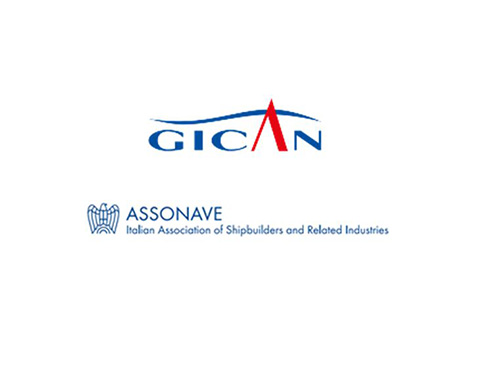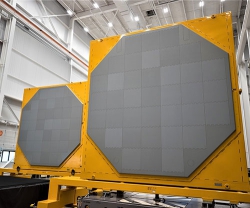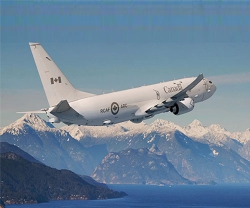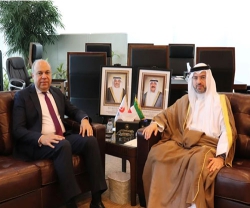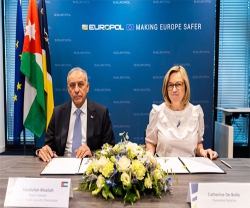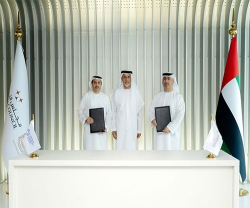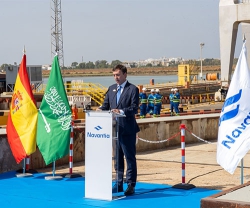During the “Euronaval” international exhibition (Paris, 22-26 October 2018), and a day after the Franco-Italian cooperation announcement in naval industry, the Italian and French shipbuilding industry associations, ASSONAVE and GICAN, signed a common Research, Development and Innovation (RDI) Roadmap for Shipbuilding and ship supply.
This document carries out the task entrusted to our two associations during the Lyon Summit of September 27th, 2017 between the Head of State of France and the Head of Government of Italy and singles out the key technologies that the shipbuilding industry should develop in the next 10 years and more in order to remain a step ahead the Asian competition.
The “European Maritime Technology” industry is presently world leader in building high end ships equipped with sophisticated maritime equipment both for civil and naval purposes, thanks to continuous investments in RDI. The European Maritime Technology sector includes more than 300 shipyards and 22,000 equipment suppliers, and employ more than 900,000 skilled people, with an annual production value of € 112.5 billion. A consistent part of the above numbers is generated in France and Italy (SEA EUROPE data).
The size of our industry together with the need to guarantee the long-term defense and security of the maritime domaine, depends on our present edge in maritime construction. Shipbuilding is strategic sector not only for Italy and France, but also for Europe. Our leadership is currently under attack by the Asian key shipbuilding countries and requires high Investments in RDI to be safeguarded in the near future, as well as strong governmental support to these investments.
This is the reason why the two Associations defined 5 key areas, called “visions”, where major Investments should be concentrated: Green Ships (efficient and sustainable solutions for environment low-impact ships), Smart Ships (introduction of technologies efficiently enhancing on board services, safety and security), Autonomous Vessels (a pathway toward a full autonomous ship), Smart Offshore infrastructures (solutions enabling the Blue Economy development), Smart Yards (solutions enhancing productivity, quality, efficiency and safety in the full ship production process).
For each vision, “enabling technologies” and “technical goals” for 2030 and for 2050 have been defined.
This roadmap is fully in line with the European agenda, in particular the ongoing work for FP9 and for the European Defense Fund (EDIDP for development and EDRP for research). In this framework, this common roadmap opens news dual opportunities of civilian and military cooperation for French and Italian companies, also in synergy with the parallel agreements between Naval Group and FINCANTIERI.
ASSONAVE and GICAN will now propose their RDI Roadmap to the other maritime European Associations in order to arrive to a shared ambitious European RDI Plan.
Hervé Guillou, Chairman of GICAN, declared: “The signature of this roadmap between GICAN and ASSONAVE is the result of several months of discussion for our shipbuilding associations. It initiates a strong and lasting cooperation between the companies, to tackle efficiently the new challenges of naval industry, with a focus on RDI. It prefigures also the European understandings needed to strengthen our industry and to compete with our international competitors. We will be happy to present common works in the different committees of Sea Europe”.
Vincenzo Petrone, ASSONAVE Chairman, commented: “The definition of this roadmap is a key step forward to ensure that the leading role played by the respective shipbuilding industries at global level is adequately reflected in the relevant European bodies. This is intended to ensure that the Commission dedicate political attention and financial resources to maintain and further develop research and investment in our industry so as to preserve our global leadership. Despite the dimension of our industry, we Europeans are still in need of consolidation so that European champions acquire the important dimension required to compete with the Asian shipbuilders both in the civilian and the military sectors”.

